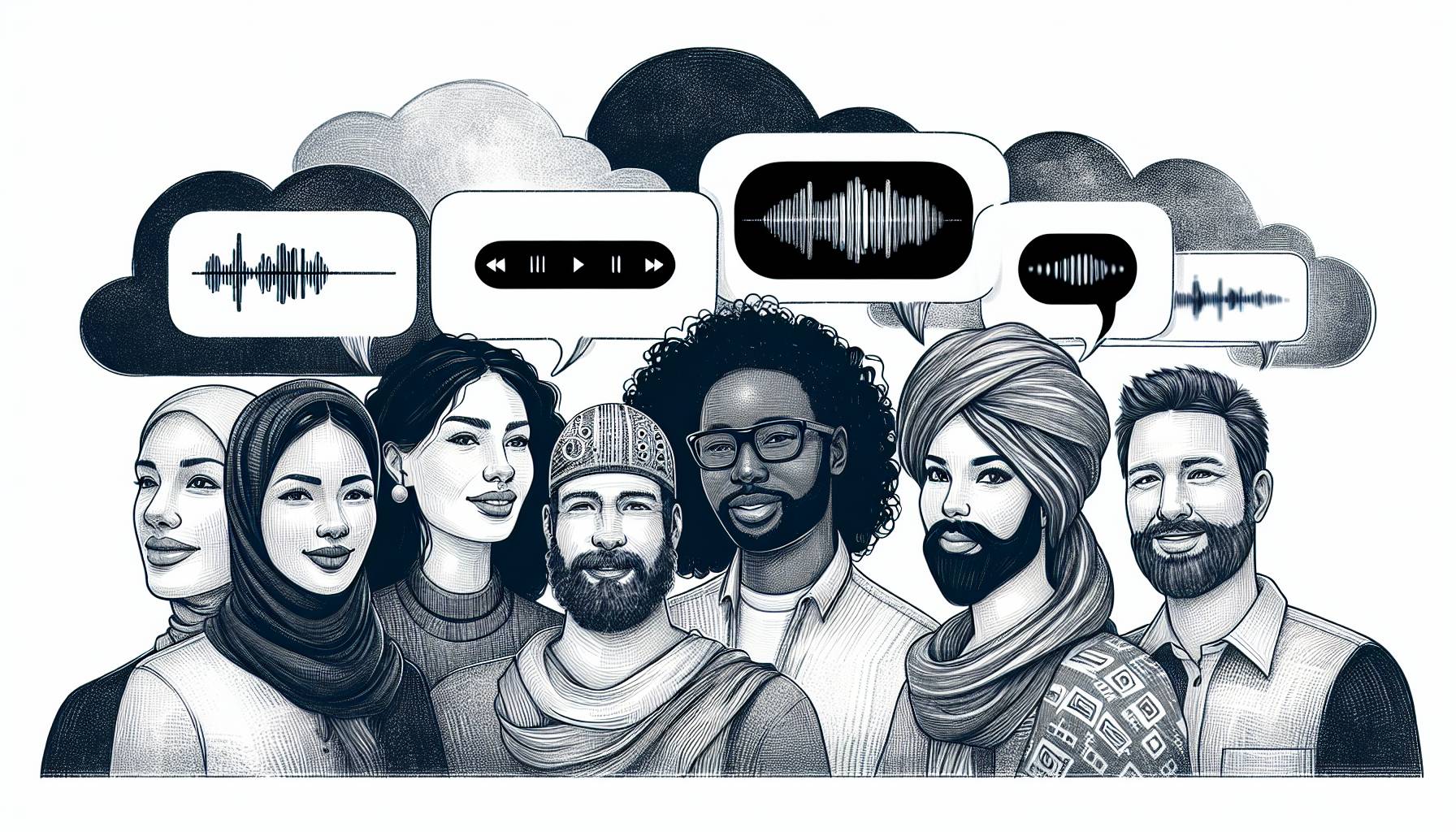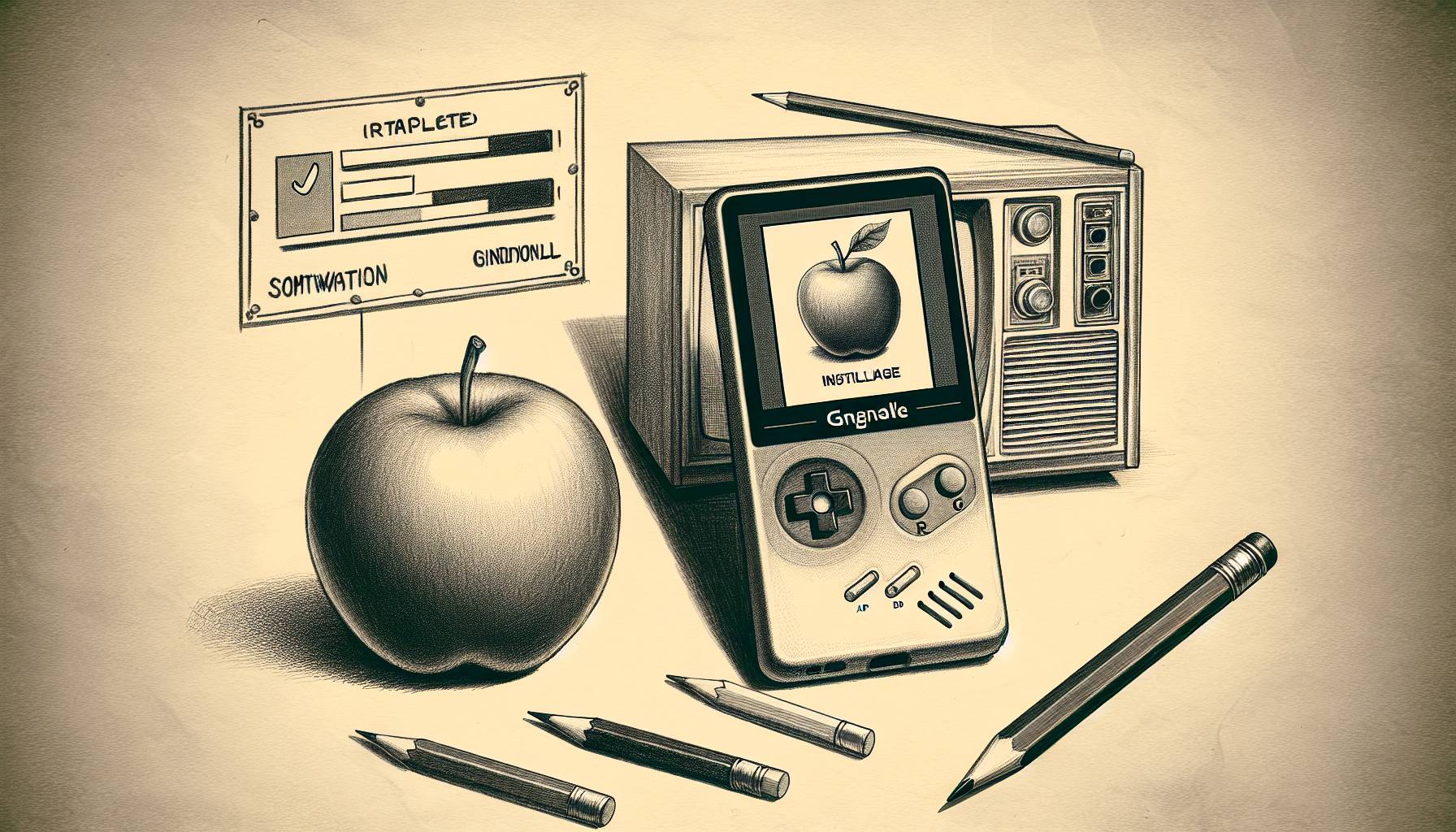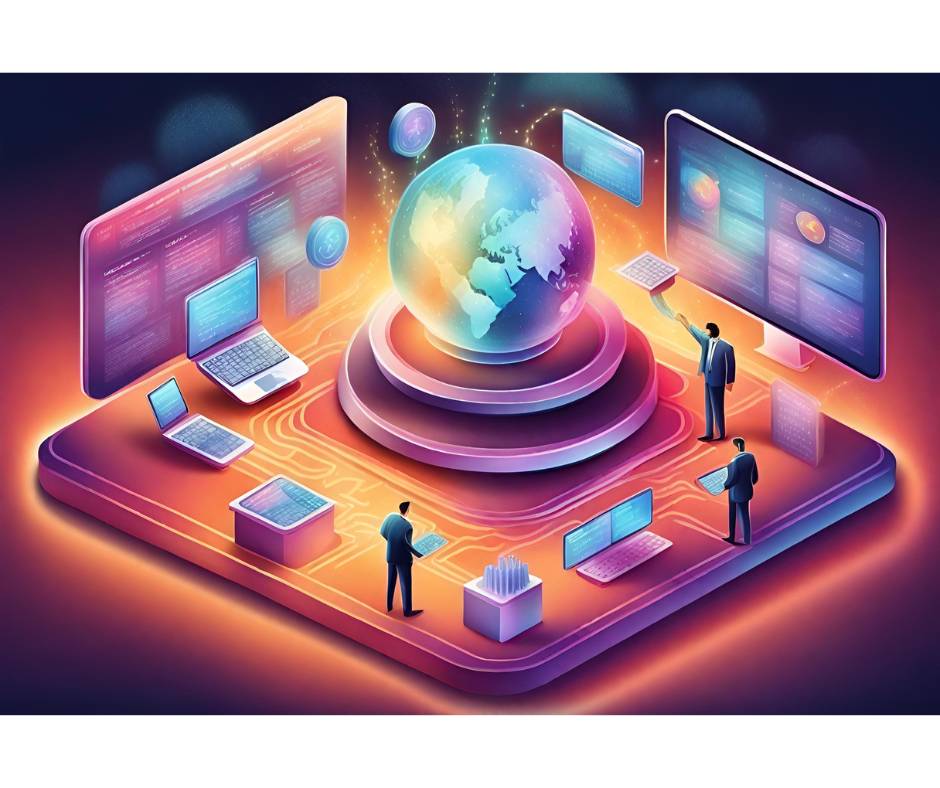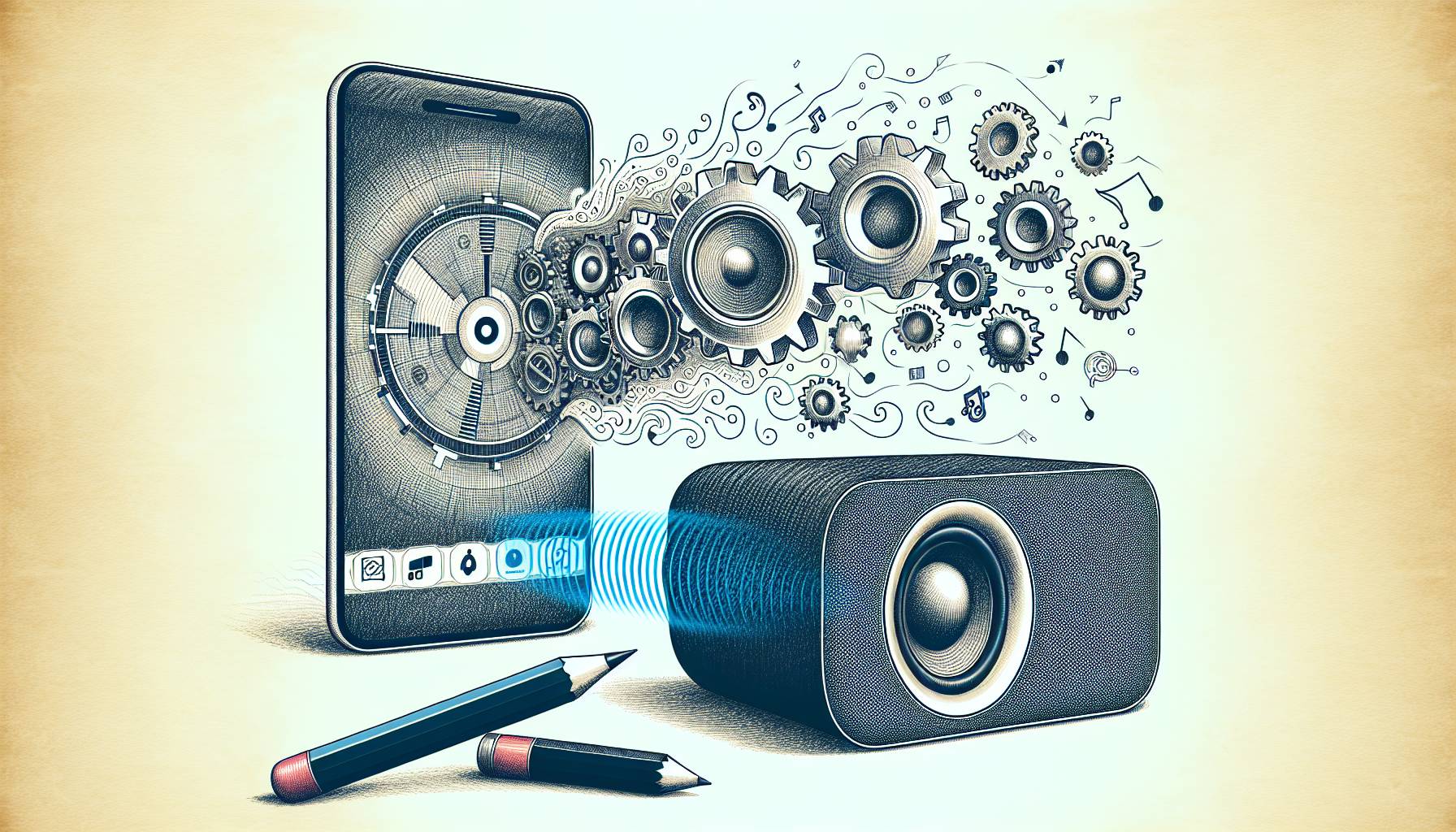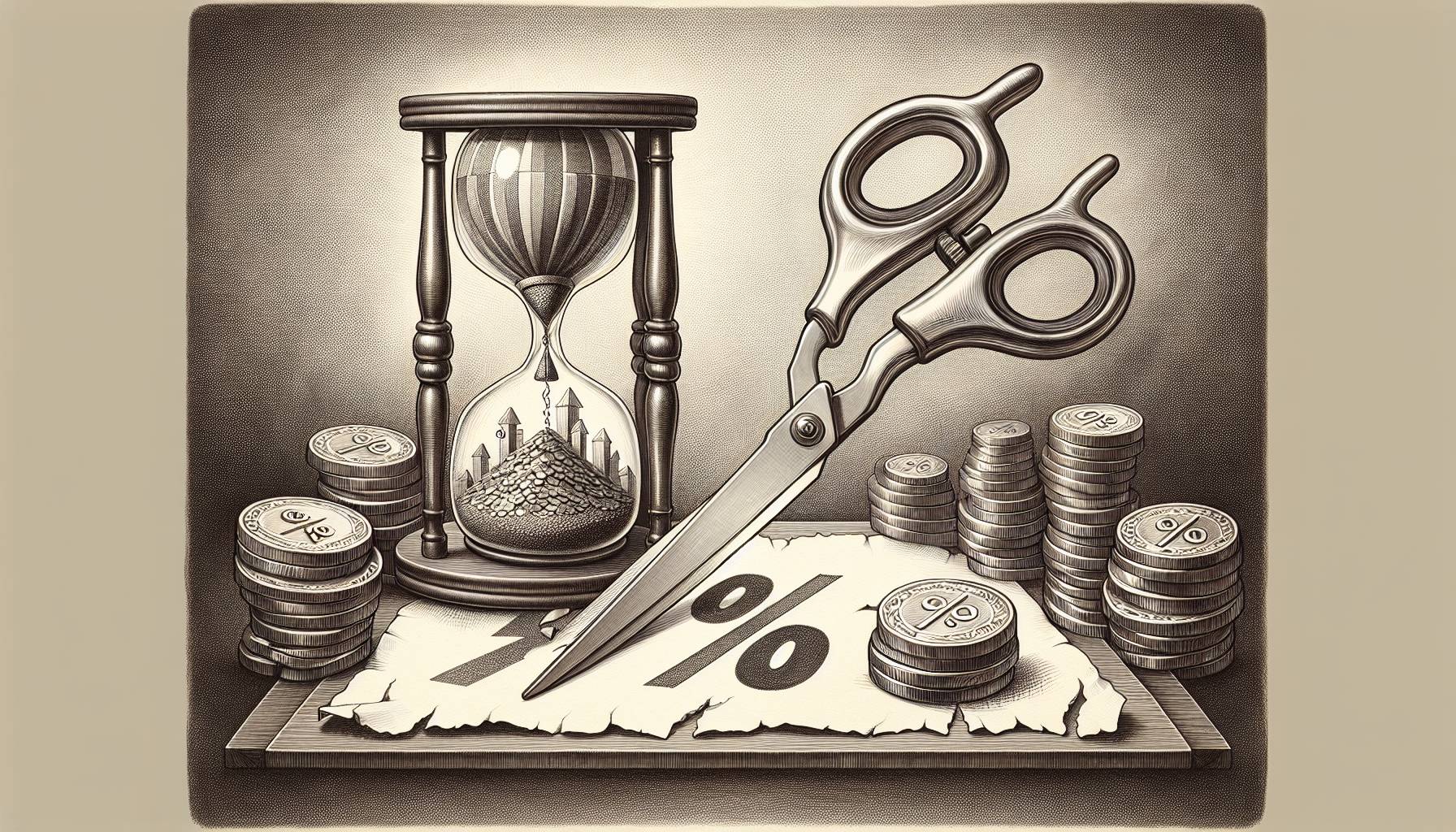There are a lot of coupon-based apps and sites to choose from these days. The folks at SavingStar are betting that ultimately consumers are most interested in services that help them save money on day-to-day items like groceries.
With new mobile apps available for the iPhone and Android devices, SavingStar lets users access paperless coupons in 24,000 grocery stores and drugstores across the country. The company recently raised $10 million to support additional development and marketing efforts.
Appolicious Advisor Kathryn Swartz certainly like the app. In her review of the iPhone app she notes that “SavingStar is about as easy as it gets to earn cash at the checkout.” Even old school coupon user Caitlin Foyt had good things to say about it in her review of the Android app.
In this edition of the Meet the Makers, SavingStar CTO Greg White discusses the company’s nimble approach to app development, why online marketing of the apps offers the best return on investment, and how the company is overcoming fragmentation on Android devices.
Appolicious: As you know, there are countless coupon sites and mobile applications. Tell us about SavingStar’s unique offering that actually pays consumers as they shop.
Greg White: SavingStar makes it easy for people to save money on their groceries. SavingStar is the first and only national, totally paperless grocery coupon service. Our eCoupons work at over 100 chains in all 50 states. We enable shoppers to select and redeem eCoupons anytime – even while walking the aisles in any of our 24,000 participating grocery and drug stores. Savings can add up to over $50 a month.
Here’s how it works: We link the eCoupons you select to all of your registered store loyalty cards. When you use the card in the store, the money does not come off your bill. Instead, it gets automatically deposited into your SavingStar account. Once you accumulate $5 in savings, you can pick your favorite payout option from a deposit into your bank account or PayPal account, to an Amazon gift card, or a donation to charity. There’s nothing to clip or print since SavingStar is 100 percent digital.
APPO: What else are you doing to differentiate from the crowd in this massively competitive space?
GW: First and most importantly, we’ve made it easy for people to save on everyday items without the hassle of clipping or printing paper coupons. With the SavingStar app, you’ll get exclusive savings on brands you love like Tombstone Pizza, Nestle Toll House, Clorox, Wisk, Welch’s, Dannon, Skinny Cow, Huggies, and more.
We believe people will use our app on a weekly basis when they go to the grocery store. You don’t need to find a printer to use our coupons, scan bar codes to get your money and there are no funky point systems where you’re wondering how to convert your points to dollars. Unlike our competitors, everything is digital. You’ll earn the full dollar value of each eCoupon on SavingStar.
The app available for free on both iPhone and Android. We’ve also made the functionality available online at savingstar.com so if you choose to select your eCoupons online, they’ll automatically synch with your SavingStar mobile app.
APPO: The company has raised more than $10 million in financing over the last year. Moving forward, what areas of the business will you invest in the most and why.
GW: We’ve invested heavily in our engineering team to make sure that users have a good experience with SavingStar. There are a lot of moving parts behind the scenes and we want everything to work seamlessly. We truly believe we’re revolutionizing the grocery coupon industry by making coupons paperless and we plan to invest in marketing to get the word out to shoppers about our service. Many of our users have never or rarely clipped coupons because of the time it takes. We’ve made it incredibly easy to save on groceries every week and we want people to know about us.
APPO: You recently rolled out well received apps for the iPhone and Android. Talk about the differences in creating an app on each mobile platform.
GW: Both platforms offer strengths and weaknesses. iPhone developer tools are generally slicker and easier to use, but the Android platform required less development time. iPhone devices are admirably homogeneous – there just aren’t very many variations – and users tend to quickly upgrade to the latest versions of the operating systems. Android enables us to push out updates quicker.There are a lot more Android device variations and a lot more versions of the Android platform to test. Fragmentation is a real issue, though not one that caused us any significant problems.
APPO: What about marketing the apps and the unique opportunities and challenges that exist in iOS and Android.
GW: Marketing apps is one of the biggest challenges facing developers. With half a million apps available, it’s very competitive. We were fortunate to have been featured in Android during May, which drove a lot of downloads, as well as app review sites like Appolicious. We’ve done limited mobile advertising because of the expense, especially compared to online marketing which we’ve found can target users well.
Even though more people are using more smartphones compared to a year ago, the way that users find out about useful apps or websites is still primarily online – at least in our target market of people looking for grocery savings. We try and get our online audience to download our apps by promoting them in the footer of our website and in all our emails. Every company wants to appear at the top of the rankings for iPhone and Android, but this requires a big investment and it’s important to track the ROI over an extended period of time. There is a big opportunity for affiliate marketing in the mobile world to reduce the risk of traditional CPC advertising.
APPO: How many people, both internally and externally, are working exclusively on SavingStar’s mobile applications?
GW: We have one full time iPhone developer and one developer who works part-time on Android.
APPO: Can you estimate today how much of overall corporate bandwidth is devoted to mobile distribution today? What do you anticipate that percentage will be one year from now?
GW: Overall we’ve probably devoted 5-10% of our bandwidth for mobile distribution. A year from now, it might be slightly more, but we’ll devote the most attention to whichever platforms get the greatest traction in terms of new users and returning users. Email, affiliates, and online partnerships will drive the bulk of our efforts to acquire and engage users because people spend so much time on their computers compared to their phone. Those channels will most likely be the most cost effective for us.
That being said, we think that once people start using SavingStar, they will quickly get into the habit of using the app regularly when they shop. We can definitely foresee a time when the bulk of our users selecting eCoupons will be on our mobile app.
APPO: What are the three biggest aspects of the mobile app space that are keeping you up at night?
GW: The first is the noise in the marketplace. With so many new apps coming on the market, we want to make sure users know that SavingStar is the only national fully digital grocery coupon service. We want to get our app into the hands of every grocery shopper. Cutting through the clutter is important and we need to do so cost effectively.
Second, would be maintaining apps on different platforms. We have yet to make a Blackberry app for example as maintaining two apps is already challenging.
Third, would be balancing the requirements of the online experience with what we offer in our mobile apps. The online canvas is much wider than mobile so we need to be judicious with what features are important enough to bring to the mobile experience while not weighing down the simplicity of the current app.





